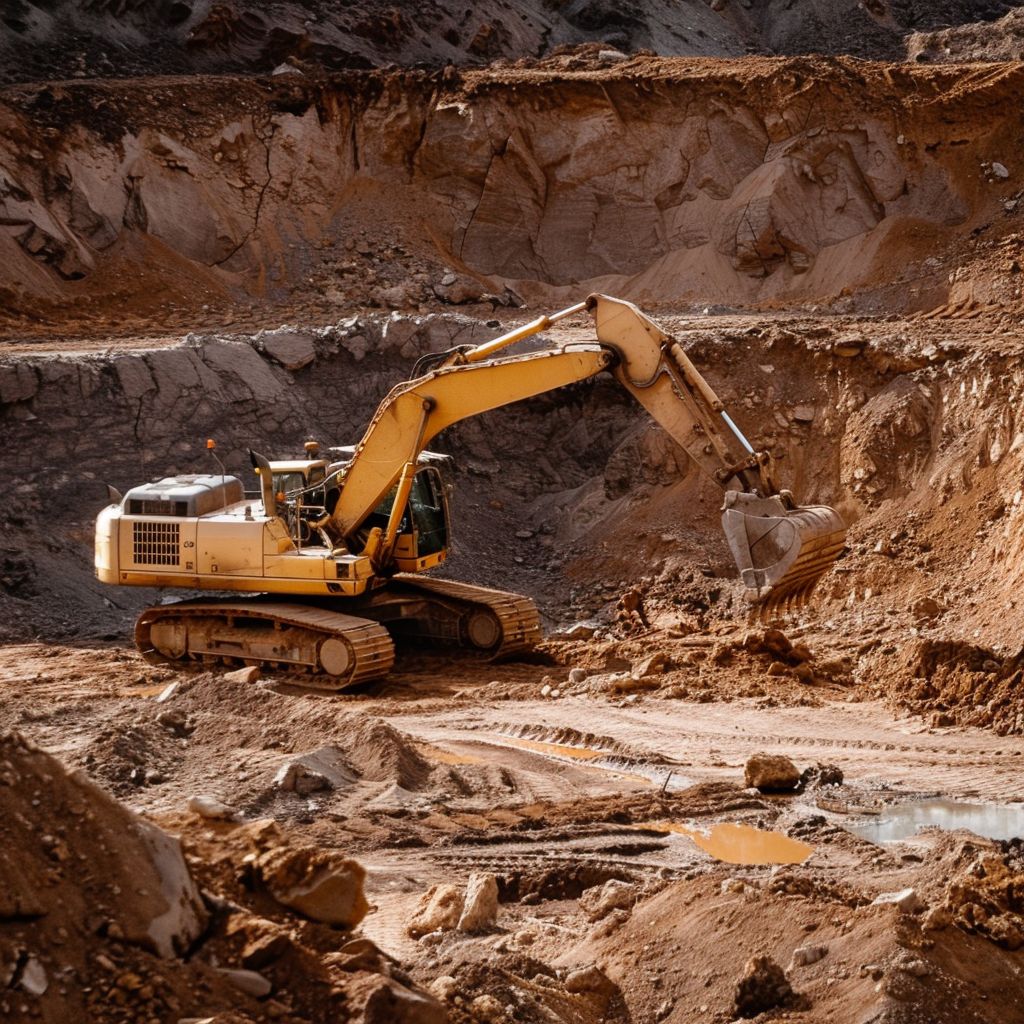


Have you ever thought about how construction sites can create perfect levels of land that effortlessly support infrastructure and buildings? Site grading, the method that involves shaping and leveling land is vital to the development of land. It helps ensure proper drainage as well as stability and functionality of the land, as well as laying the foundation for the success of construction projects. To understand more about the basics, refer to the Fundamentals of Site Grading Plan. In this blog, we explore the most recent developments in the field of site grading and look at emerging trends that are changing the future of construction site preparation.
Technology that uses lasers has transformed the process of grading sites by allowing precise control of elevation adjustments. Utilizing laser emitting devices to direct grading equipment contractors can have unparalleled accuracy when shaping the land. This technology doesn't just cut down on the cost of labor but also improves the efficiency of operations, leading to more smooth surfaces and improved drainage systems.
Integrating GPS (Global Positioning System (GPS) along with Geographic Information System (GIS) technology has changed the way that site graders conduct their methods. GPS allows real-time positioning of equipment used for grading and allows for precise adjustments that are based on exact coordinates. GIS mapping overlays information from sites with environmental data, enabling an informed decision-making process and efficient planning of development projects.
Drones are now indispensable tools for site grading and offer quick aerial mapping and survey capabilities. They offer detailed topographic data and do not require lengthy ground surveys, which reduces disturbance to habitat and environmental disturbance. Drones help the sustainable development of the land by reducing erosion risks and helping preserve natural landscapes in construction.
The latest developments in smart grading equipment are equipped with artificial intelligence (AI) that has enhanced and automated processes for grading. These machines alter grading parameters in real-time, enhancing efficiency and accuracy while reducing the use of resources and project timeframes. Smart equipment for grading represents an advancement in sustainable construction practices through decreasing carbon footprints as well as operational expenses.
The introduction of 3D modeling, specifically via Building Information Modeling (BIM) has improved the accuracy of site grading and enhanced collaboration. BIM lets stakeholders visualize and simulate grading scenarios within an environment that is virtual, which facilitates better decision-making and planning. This technology improves the timelines for construction and also improves the overall outcomes of the project.
Innovative grading methods like hydroseeding, soil stabilization and so on are getting attention for their environmental advantages. Hydroseeding encourages the growth of vegetation on slopes that are graded, decreasing erosion risks and increasing soil stability. Similar to soil stabilization, techniques enhance soil structure and endurance and ensure long-term sustainability while making maintenance less costly for developers.
In the near future, the development of grading techniques for sites is poised to see further advances. Future predictions include the incorporation in the use of AI and robotics into the equipment used for grading, allowing greater precision and automation in the preparation of land. For more insights, read about the evolution of grading excavation. Technology advancements will continue to improve efficiency in construction processes, decrease environmental impact and promote sustainable development methods.
In conclusion, the advancement of technologies for grading sites can be extremely beneficial for contractors, developers, and landowners too. Learn more about how Developers Research can support your projects. With these advances, stakeholders will be able to achieve better outcomes for projects, significant cost savings, as well as demonstrate the importance of environmental stewardship. When you're making plans for the next project for construction or looking for ways to maximize the land development process, keeping up-to-date with these latest innovations is vital for achieving success in the business.
For more details on the ways Earthwork Grading Analysis services can aid your project, check out Developers Research today. Find out how our experience will help you take your construction plan to new levels of sustainability and efficiency. To learn more about how we can assist with your specific project needs, contact us today.
By improving efficiency and accuracy, innovations in site grading can help shorten project timelines, leading to faster completion and reduced costs.
They help improve efficiency, accuracy, and sustainability in land development projects, reducing costs and environmental impact.
Yes, many innovations focus on reducing soil disturbance, erosion, and material waste, promoting sustainability in land development practices.
Future trends include the integration of artificial intelligence (AI) for autonomous grading, enhanced connectivity between construction equipment and project management systems, and further advancements in sustainability practices.